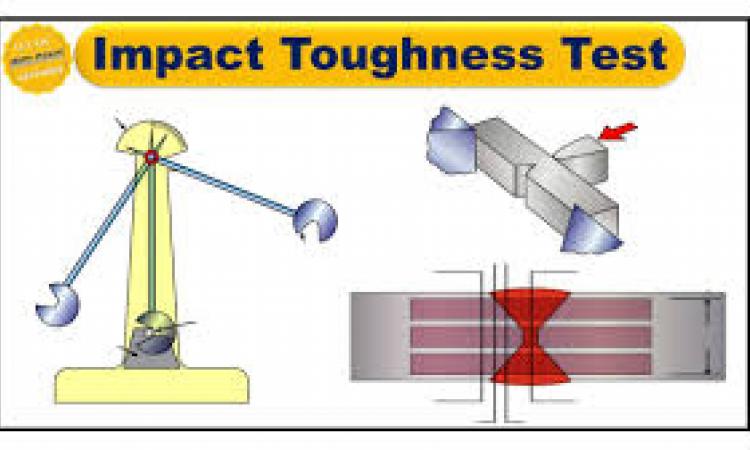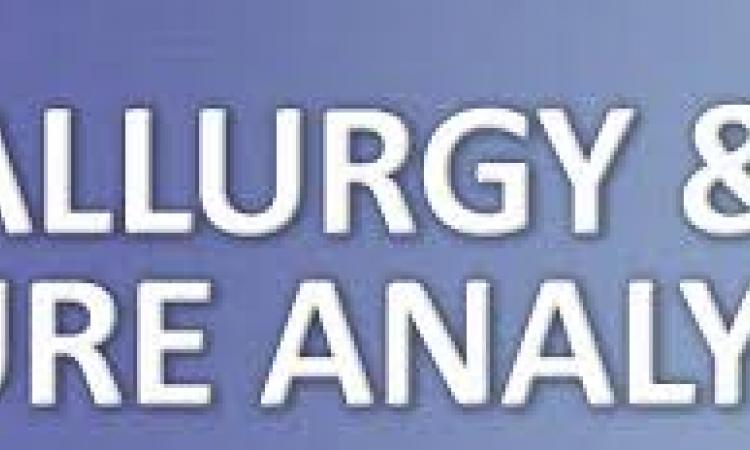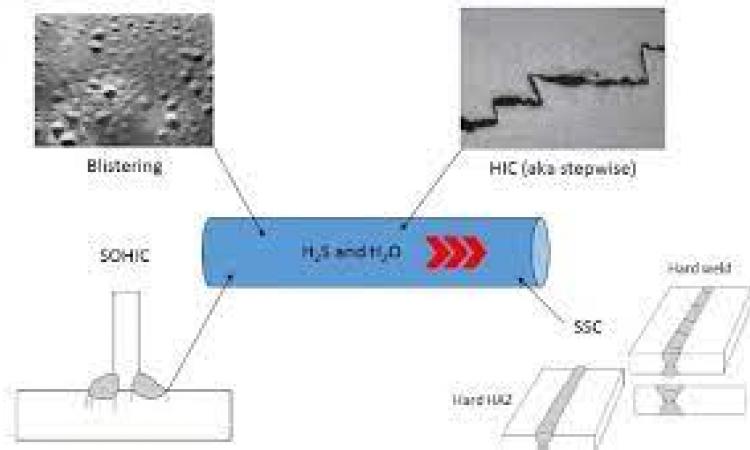
SEM - EDS
Scanning electron microscope & energy dispersive x-ray spectrometer
Scanning electron microscopy (SEM) is a well-known non-destructive technique that uses an electron beam probe to analyse samples surface down to nano-scale. The scanning electron microscopes produce high magnification images with high resolution, a feature of which makes them suitable tools for a wide range of applications in numerous fields of science and industry
The scanning electron microscope allows to image specimens at high magnifications using a number of different contrast mechanisms .Magnification ranging from 20X to approximately 30,000X, spatial resolution of (50 to100 nm). The SEM analysis is critical in all fields that require characterization of solid materials, geological applications
Analytical SEM with EDS help to achieves fast analysis of material characterization and elemental analysis. SEM-EDS uses to analyses various type of samples and reveal critical information’s containing external Morphology, Chemical compositions, Crystalline structure, Multi-layer coatings/paints and orientation
The energy dispersive x-ray spectrometer (EDS) allows the collection of qualitative and quantitative information about the elemental composition of spots and regions of interest
Applications
Scale analysis
Corrosion product analysis
Failure analysis
Fractographic analysis
Identification of surface defect at micro and Nano level
Layer Thickness measurement of composite material and coating
Coating failure analysis
Biological sample analysis
Morphological identification of microorganisms
Trace element analysis
Particulate and contaminant on and within the material
Soil analysis for mineral identification
Particle and grain size measurement for soil
Assisting Air pollution particle analysis
Identification of wear particles found in production lines
Quality control of food product packaging and production
Sediment analysis of oil
failure analysis of electronics and integrated circuit











